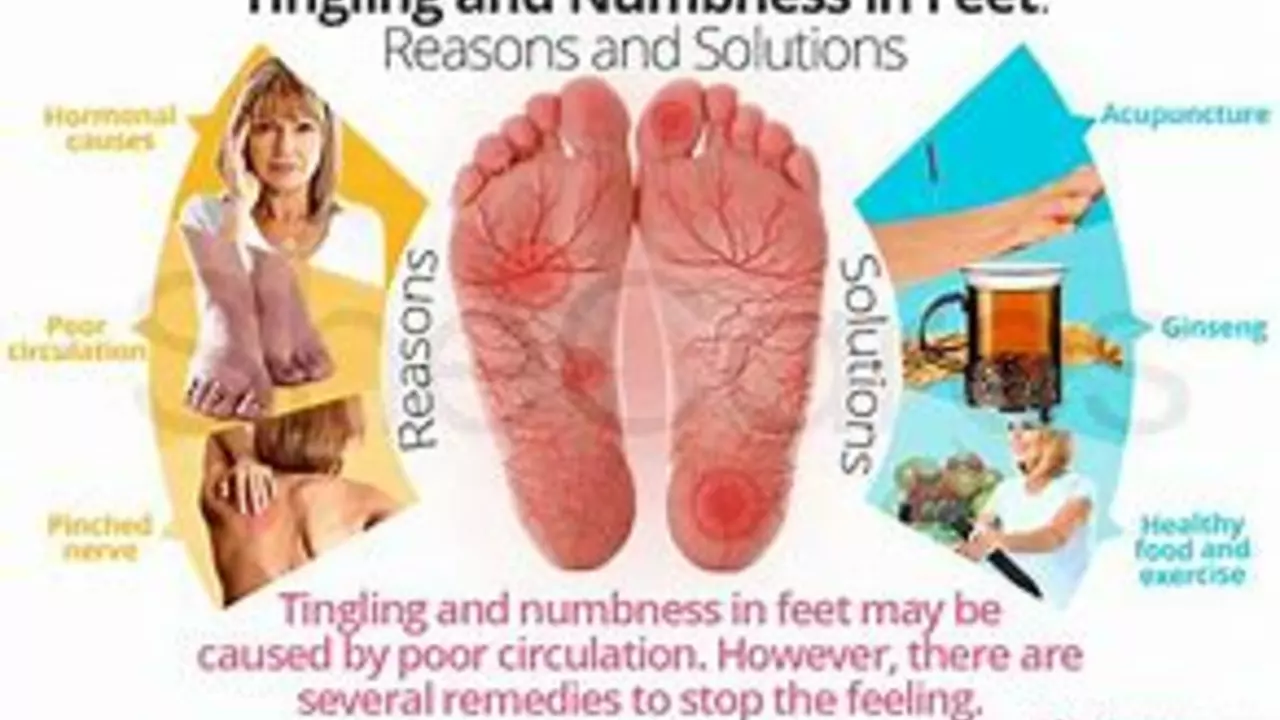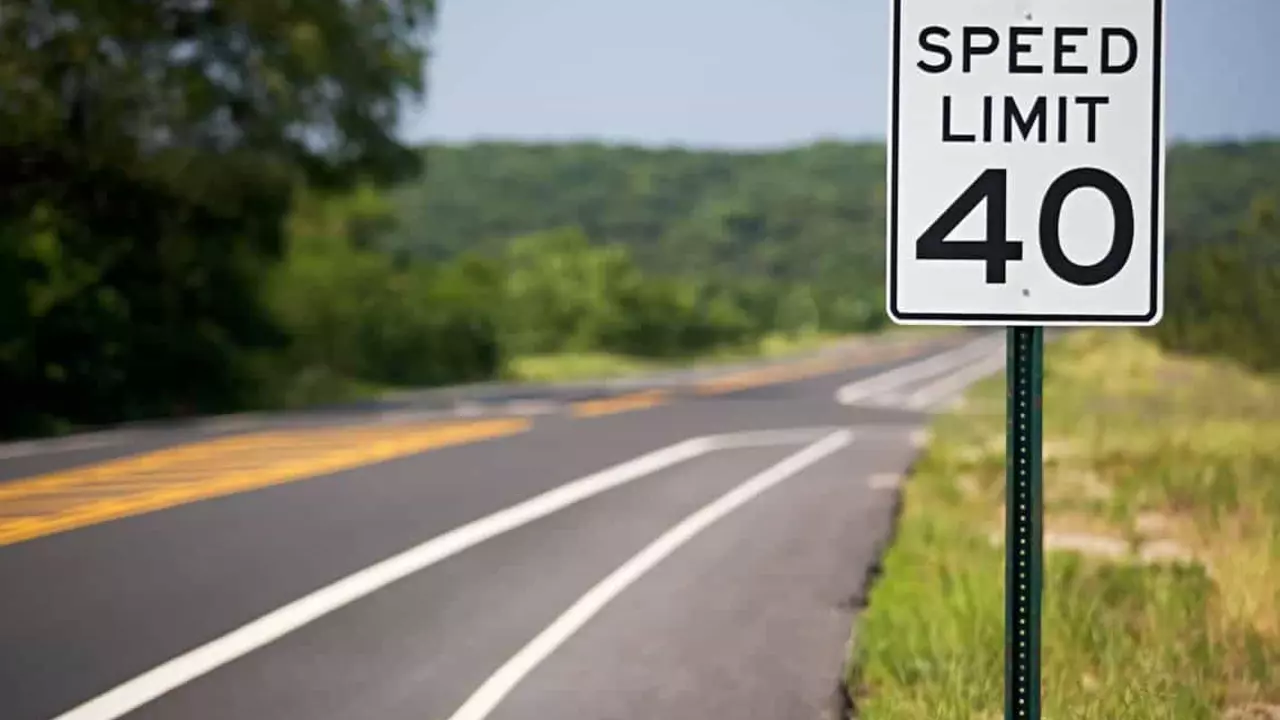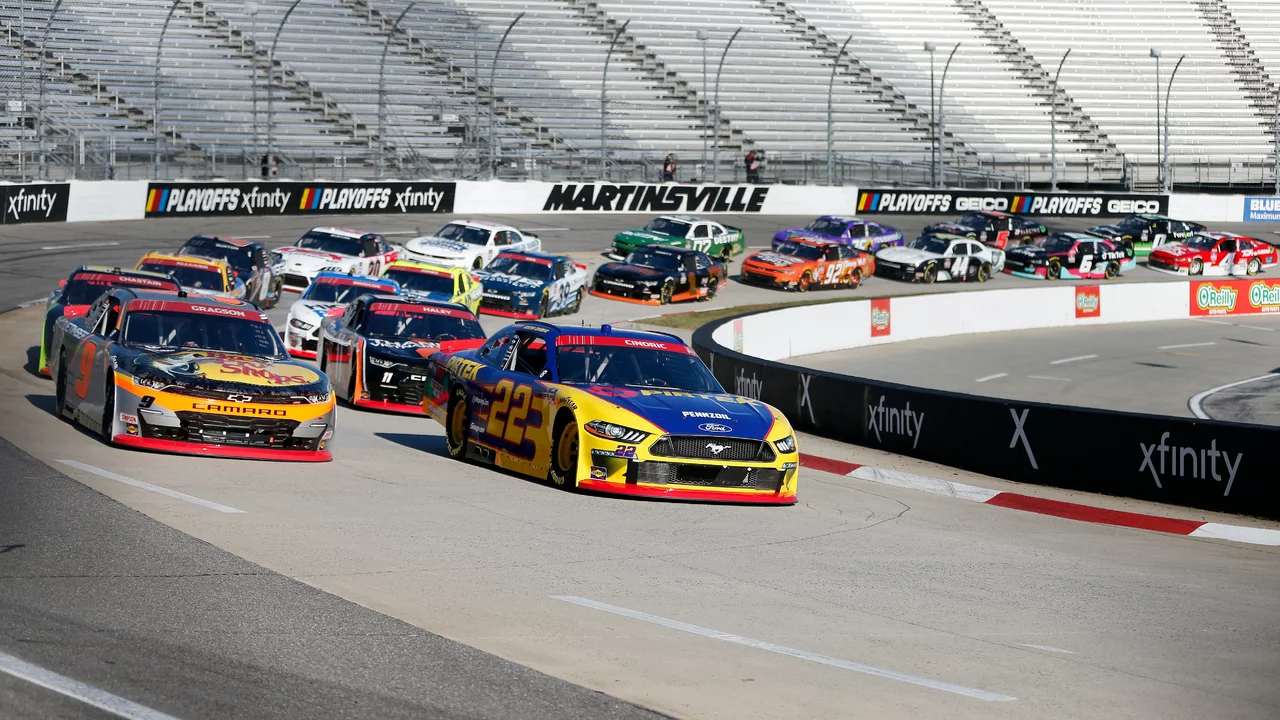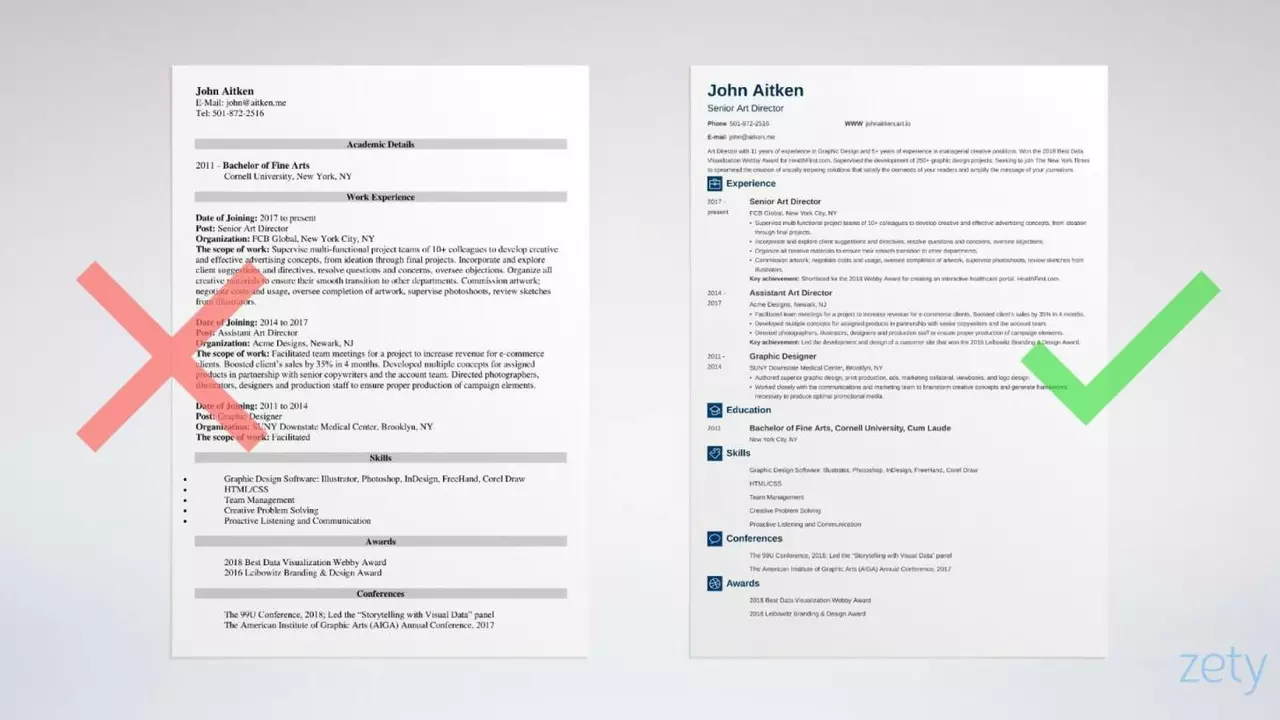July 2023 Archive: Racing Challenges, Fast‑Lane Spots, and Everyday Health Tips
Welcome to the July roundup! This month we dug into what really makes racing tough, where you can unleash speed in the US, the hidden grit behind NASCAR, a weird health clue about numb feet, and even how to write a solid content‑writer resume. Let’s break it down so you can grab the key takeaways fast.
Racing Realities: What Makes Motorsports Tough
First up, we asked the big question: How difficult is racing? The answer isn’t just “hard” – it’s a blend of raw stamina, razor‑sharp focus, and strategic thinking. Drivers train like athletes, pushing their bodies to the limit with cardio, strength work, and reaction drills. But the mental side matters just as much. One split‑second mistake can cost a race, so concentration levels stay sky‑high from start to finish.
We also looked at NASCAR specifically. Many think it’s just “cars going around in circles,” but the reality is far from simple. Heat inside the car, constant high speeds, and the need to keep the machine in perfect shape add layers of pressure. Drivers need top‑level fitness, cool nerves, and solid technical knowledge to stay competitive.
Speed Playground & Everyday Wellness
If you crave open‑road freedom, the US has a few legal playgrounds. The Bonneville Salt Flats in Utah remains the iconic spot for land‑speed records – a flat, endless white canvas where speed limits disappear. In Idaho, the Sun Valley Road Rally offers a 3.2‑mile stretch for spirited driving, while Texas’s SH‑130 toll road pushes the speed limit to 85 mph, the highest posted limit in the nation. Remember, safety gear and respect for local rules are a must.
Switching gears to health, we tackled a weird morning symptom: numb feet. Waking up with tingly or dead feet can be unsettling, but it’s often linked to simple causes like sleeping in an odd position or tight shoes. Simple foot stretches, better sleep posture, and monitoring blood sugar can help. If the numbness sticks around, a doctor’s visit is the smart move.
Finally, for anyone hunting a writing gig, we shared a quick guide on crafting a content‑writer resume. Highlight your ability to produce SEO‑friendly copy, list any journalism or creative‑writing credentials, and attach links to published pieces. Show familiarity with CMS tools and digital‑marketing platforms to stand out.
That’s the July snapshot – a mix of high‑octane racing insight, legal speed spots, a health check‑in, and career advice. Keep coming back for more deep dives, and feel free to comment on any of these topics. Got a question about race prep or a favorite fast‑lane location? Drop it below and let’s keep the conversation rolling.

Why are my feet numb in the morning?
by Davion Strider / 31 Jul 2023Oh boy, waking up to numb feet is like stumbling onto a dance floor with two left feet - puzzling and a bit alarming! Many of us might have experienced this mysterious morning numbness. There are several potential culprits, from sleeping in a funky position to more serious conditions like diabetes. Don't panic yet, though! Regular foot exercises and proper sleeping habits can help, but if the numbness persists, it's always wise to consult a doctor. It's a wild ride, my friends, but let's keep our feet feeling and not fearing!

How difficult is racing?
by Davion Strider / 27 Jul 2023Racing is more challenging than it appears, requiring both physical stamina and mental resilience. It's not just about speed, but also strategy, precision, and endurance. The training is intense, often pushing one's body to its limits. The mental aspect is equally taxing, requiring focus, determination, and the ability to make split-second decisions. To sum up, the difficulty of racing lies in its demand for a unique blend of physical and mental strength.

Where in the United States can I go to drive as fast as I want?
by Davion Strider / 21 Jul 2023If you're like me and have a need for speed, you might be surprised to know there are places in the US where you can drive as fast as you want. The most notable is the Bonneville Salt Flats in Utah, a famed location for setting land speed records. Another is the Sun Valley Road Rally in Idaho, where you can let loose on a 3.2-mile stretch of highway. Texas also has the SH 130 toll road with an 85 mph speed limit, the highest in the nation. However, remember, safety first!

What is so difficult about NASCAR racing?
by Davion Strider / 20 Jul 2023NASCAR racing, from an outsider's perspective, might seem simple. However, there's a lot more to it than meets the eye. The sport requires top-level physical fitness, superior concentration, and expert technical knowledge. You have to deal with the intense heat inside the car, high speeds, and the pressure of maintaining your car's condition throughout the race. It's definitely not as easy as just driving in circles on a track!

What is a good resume for a content writer?
by Davion Strider / 12 Jul 2023A good resume for a content writer should highlight their knack for creating engaging and SEO-friendly content. It's crucial to showcase their experience across various platforms and genres, demonstrating versatility. Their resume should also emphasize any relevant degrees or certifications, such as in journalism or creative writing. The inclusion of links to published work will give potential employers a direct taste of their writing style and proficiency. Lastly, any experience with content management systems or digital marketing tools can further strengthen their application.


